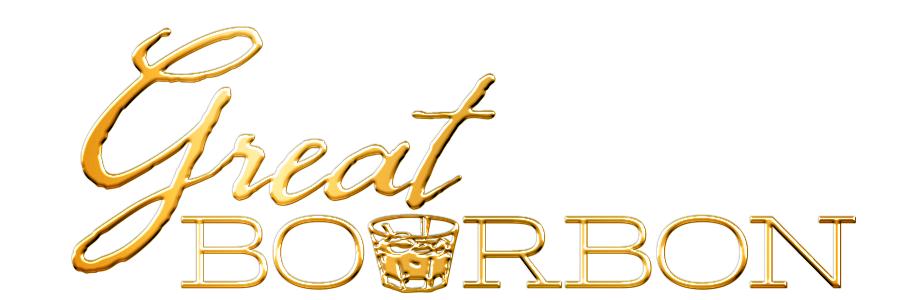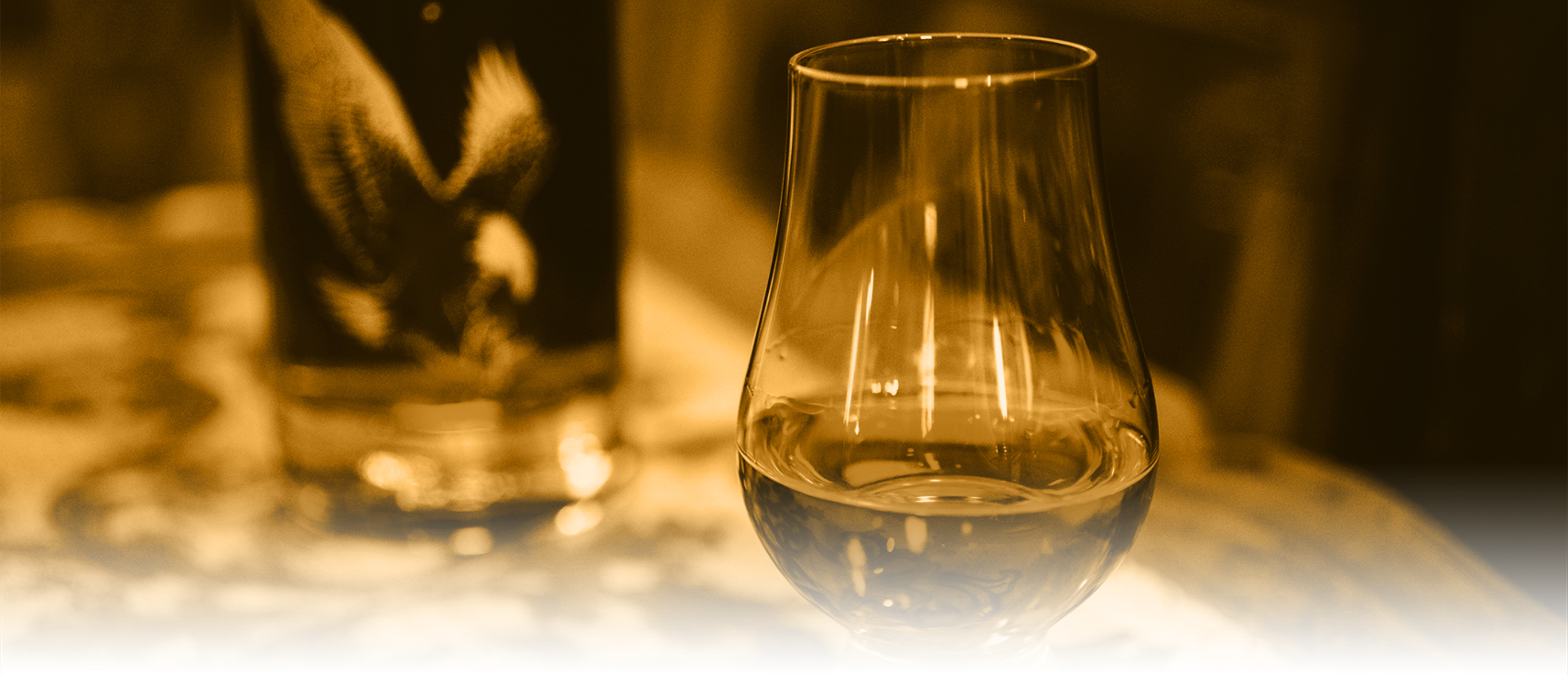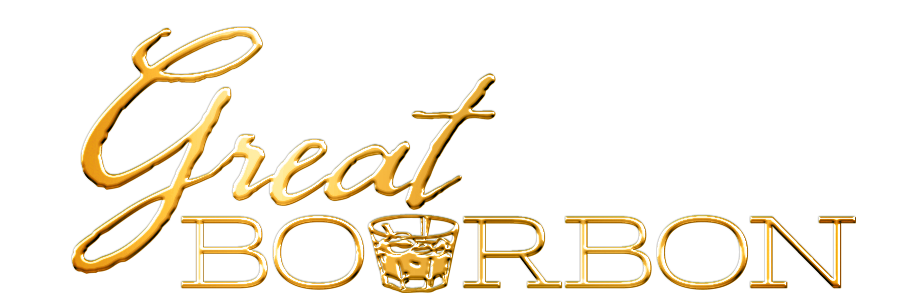Defining Bourbon
The uniquely American spirit made exclusively in the United States, but enjoyed around the world. U.S. Federal Regulations require bourbon whiskey to be made from a minimum of 51% corn. Other grains such as rye, wheat and barley malt may be used in any combination. By law, bourbon must be distilled at no higher than 160 proof. Keeping the distillation proof low highlights the flavors of the grains. Vodka and neutral spirits are commonly distilled at 190 proof. Furthermore, all bourbon must be aged in new, charred oak barrels at no more than 125 proof. This new oak imparts rich and complex flavor to bourbon, unmatched by other whiskies aged in previously used barrels. The new oak barrels are vital to create bourbon’s mature taste, since no artificial colorings or flavorings can be added. Only water is added to the bourbon to achieve the proper bottling proof, which must be a minimum of 80 proof by U.S. law.
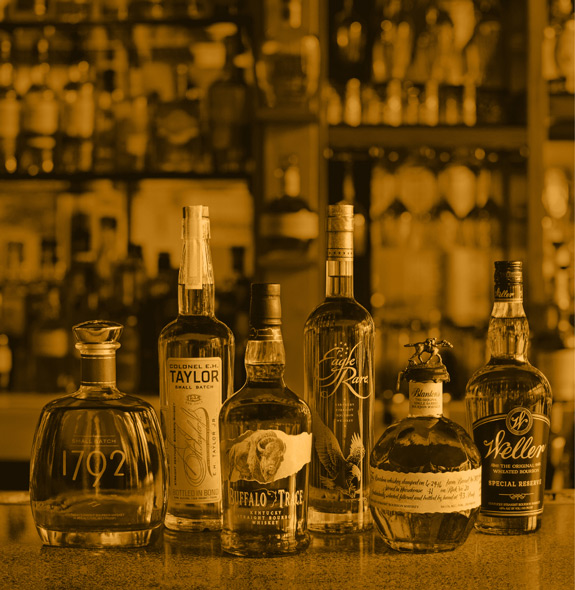
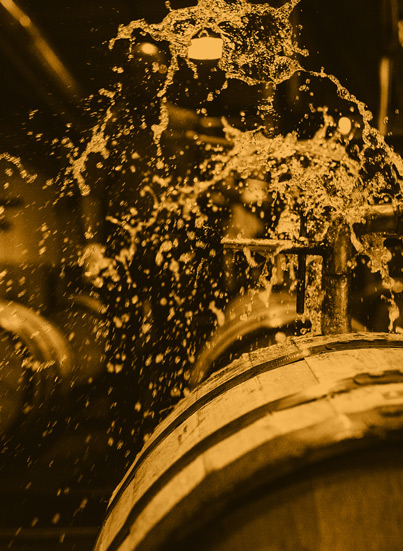

Crafting Bourbon
Making fine bourbon honors a timeless craft. Grains such as corn, rye, wheat and barley are harvested and milled into a coarse meal before cooking. These grains are used in different combinations to compose various bourbon recipes, called mash bills. After adding water and cooking, the sweet mash cools and yeast is added with a small amount of previously distilled mash, known as sour mash. The sugar present in this new mash feeds the yeast to produce alcohol. This fully fermented mixture, complete with solids, is distilled, creating an alcohol rich vapor. The vapor is then re-condensed into a crystal clear liquid called “white dog”.
Every step in bourbon making is important, and nowhere is that more true than when it comes to barrel aging. The newly distilled spirit enters new oak barrels at 125 proof or less. These barrels have all been charred by an open flame. This draws the natural sugars in the oak to the surface and enables the new whiskey to penetrate deeply and draw flavor from the oak. The sugars in the charred wood give the bourbon its color and much of its flavor. A number of factors contribute to bourbon maturation, including warehouse style and location, temperature, air flow, and length of time. Different combinations of these factors produce different taste profiles for various brands, but all are bourbon.
After years of aging, every barrel eventually reaches the proper taste profile at the peak of maturation. Samples are often drawn from barrels for a master distiller to taste and approve. Only then is each bourbon bottled with the utmost care. Small batch bourbons combine the contents from only a select few barrels. Single barrel bourbons are produced exclusively from individual barrels.
